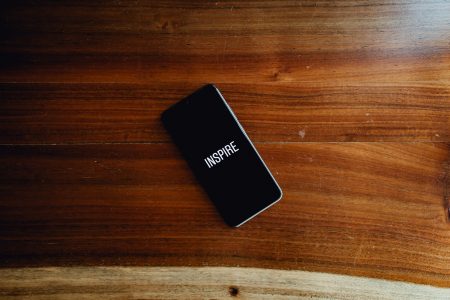"Why Iteration is not Innovation"
Watch our recorded WEBINAR!As soon as Steve Jobs walked across a stage in Cupertino and introduced the iPhone to the world in 2007, the world of software development was changed forever.
In the 1990s, in order to gain traction, a piece of software essentially had to be a “Swiss Army Knife,” so to speak. It had to do everything, all at once, otherwise people weren’t going to pay attention. Then rather suddenly, with the advent of smart phones, there were apps devoted to individual tasks and nothing more – making things as simple as possible.
Now, with 3.48 million apps in the Google Play Store and 2.22 million in the Apple App Store and likely over a billion pieces of existing software, the stakes are higher than ever to create a competitive, quality digital product that grabs enough market share to be profitable. But how do you know if your idea has the legs to become a successful app or software?
First, you have to determine whether it’s a feature or a product.

In many situations, someone has a very good idea for something – but that idea itself is not enough to justify it becoming an app or a standalone product. Instead, it’s more of a feature – something that could be absorbed by a larger entity.
All of the most successful apps that we’re familiar with got to that point for a straightforward reason: There was a group of users had a pain point, and the app was built to solve it. Or, there was something that people were having difficulty with that the software made significantly easier and more efficient.
But finding a pain point and creating a solution to it isn’t enough.
Case in point: in the early days of the iTunes App Store, there were apps that acted as standalone flashlights for the iPhone. That’s all they did – users could download an app, click on it, press a button, and it would activate the light on their cameras. Believe it or not, this functionality was not built into the iPhone at the time of launch.
Then, a few model revisions later, Apple realizes that this is a good idea. They likely saw the popularity of these third party apps. So they built the ability to use your phone as a flashlight right into the iOS operating system. Suddenly, all of those apps were worthless – because they were always features, not products.
This is where a lot of software developers make a mistake, as when something is destined to be a product, the pain point needs to be large in scale. When something is destined to be a feature, it’s usually smaller in scale.
Part of the reason why this is a problem is that there’s just so much competition in the marketplace. A team could spend months coding and developing an app, pouring their heart and soul into their work, only to release it into the marketplace and see a competitor add similar functionality to an existing product in an instant.
That’s why you always want to spend your time working on something that stands along as a product, not a feature.
Another reason those flashlight app developers were put out of business is because their “product” wasn’t difficult for Apple to add on. It aligned with the existing hardware features of the iPhone and user usage of the third party flashlight apps proved its desirability.

First, one needs to ask themselves how large the problem is that they are attempting to solve on behalf of their users. Beyond that, they need to think about things like the following
The answers to questions like these are going to fuel a lot of what you’re doing moving forward.
In the end, software development takes an incredible amount of time and effort. You’re building something that is hopefully going to improve the lives of as many people as possible in a notable way. Because of that, you want to make sure you’re focusing your energy on something that will last – not something that is a feature disguised as an application.
Jeff Francis is a veteran entrepreneur and founder of Dallas-based digital product studio ENO8. Jeff founded ENO8 to empower companies of all sizes to design, develop and deliver innovative, impactful digital products. With more than 18 years working with early-stage startups, Jeff has a passion for creating and growing new businesses from the ground up, and has honed a unique ability to assist companies with aligning their technology product initiatives with real business outcomes.
Sign up for power-packed emails to get critical insights into why software fails and how you can succeed!
Whether you have your ducks in a row or just an idea, we’ll help you create software your customers will Love.
LET'S TALK